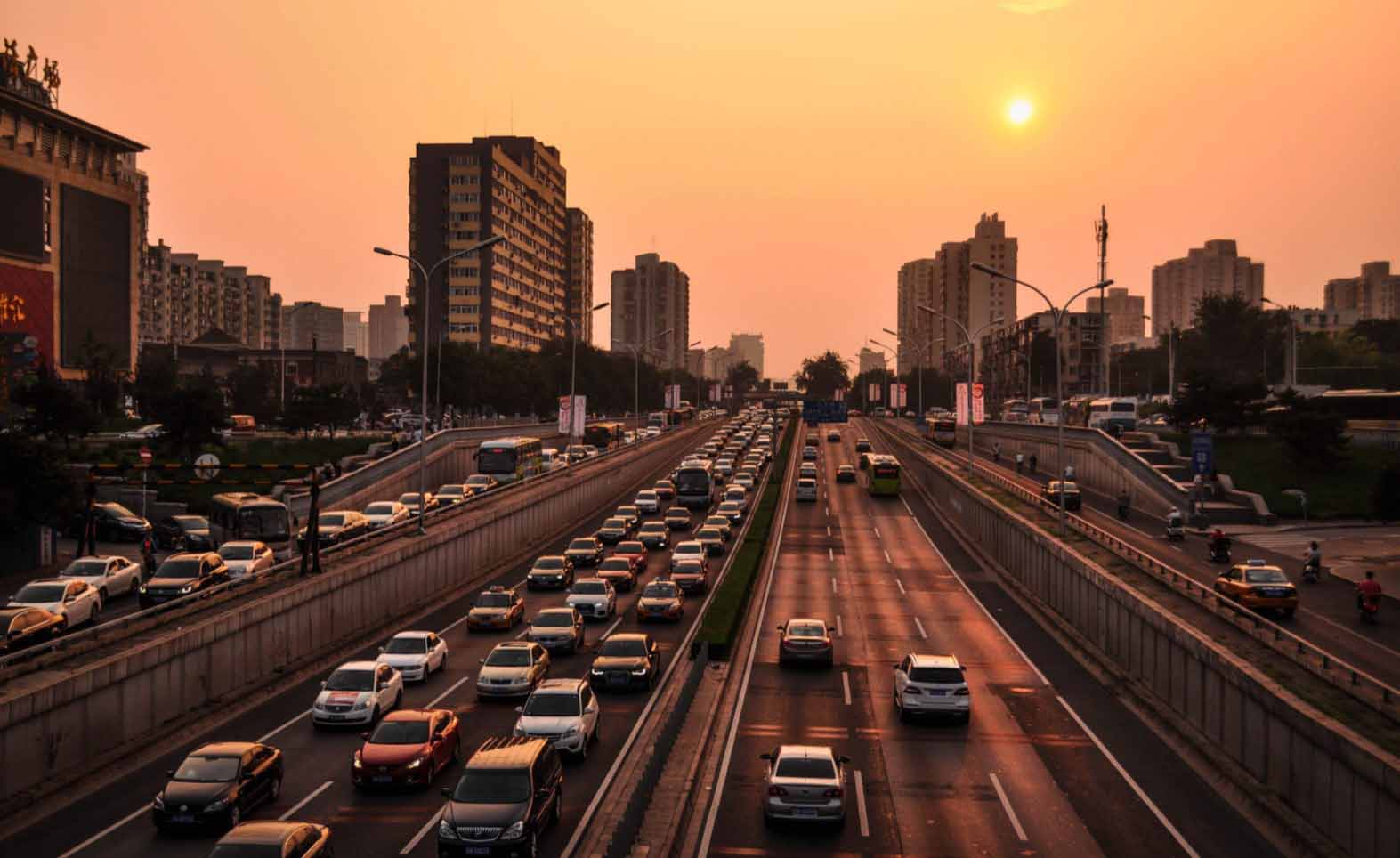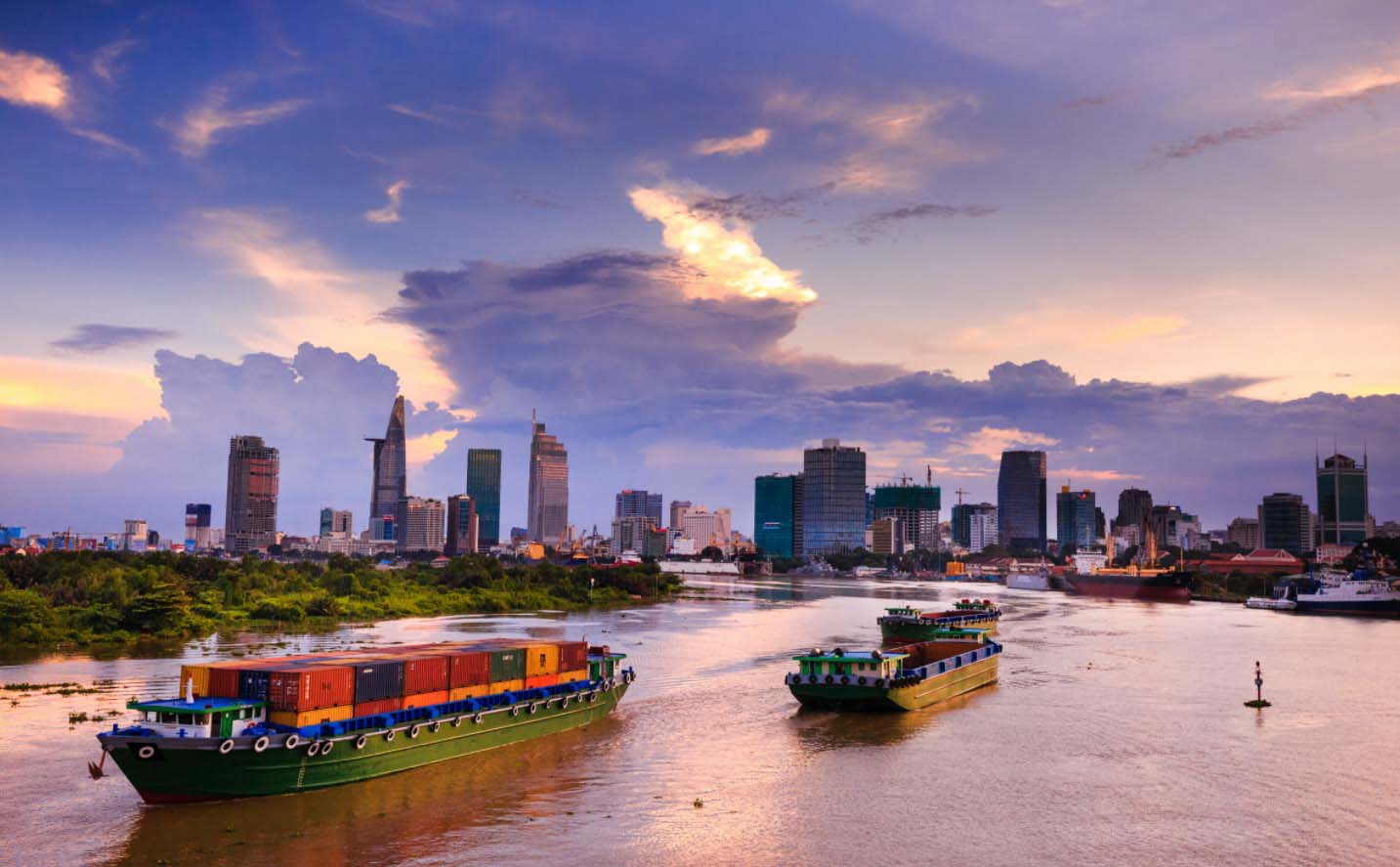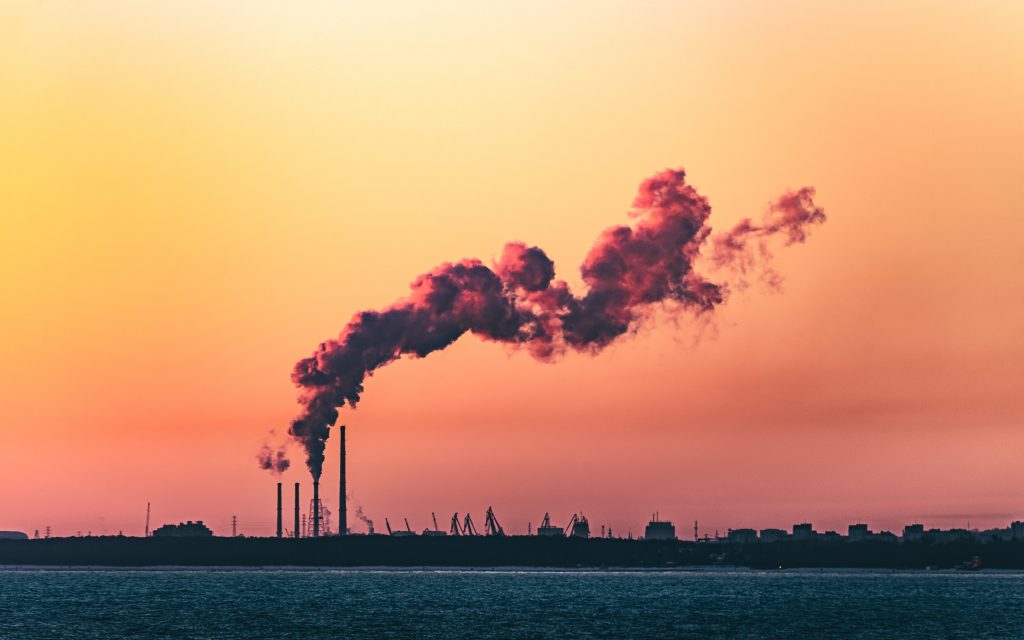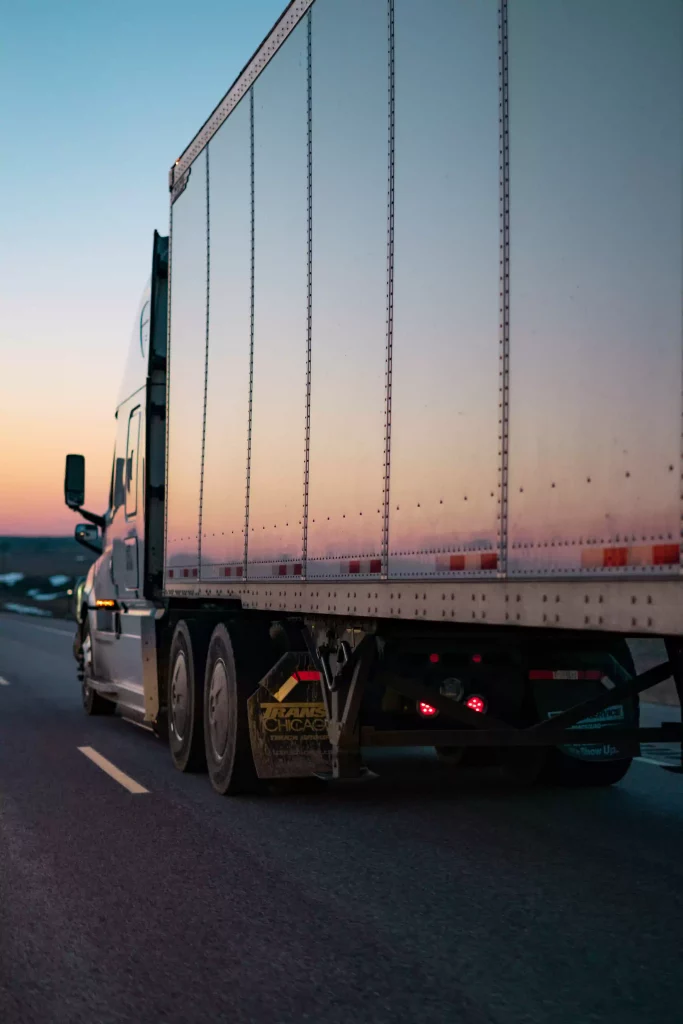We are eating the world and is not to be happy. The effects that cause the pollution are so visible that the planet, sends us signals as global warming, melting ice or the sudden extreme weather conditions.

In recent years, the climate change it has been one of the key issues both in social networks and in television, not only by the emergence of the activist Gretta Thunberg, but by events such as the rise of average temperature at the global level or the disappearance of the glaciers that generate an increase in the level of the sea.
The world needs a break and to contribute to create a more sustainable world is one of our main goals.
In this article, we will talk about the sectors most polluting in the world and the impact that these generate.
Occur in a globalized world it is difficult, but not impossible
The people we are responsible for the pollution that we generate, and we have to take care of her.
Sector of the oil and oil products: Number 1 in CO2 emissions

Gasoline, one of the petroleum most demanded and the most polluting
The oil industry is without a doubt one of the sectors most polluting on the planet. The refining process of the oil or the combustion of fossil fuels accounts for nearly a quarter of the CO2 emissions, so that it gets in the head of the most polluting industries.
Within this sector we find the oil and its derivatives, as well as the gasoline, polyethylene, detergents, fertilizers, and insecticides among them. All these derivatives are responsible for 31% of the emissions of greenhouse gases and, according to the report of the agency Thomson Reuters, issued a total of 8.4 billion tons of carbon dioxide each year.
All parts of the process, from extraction to consumption of the products obtained from petroleum by-products, pollute.
Después de la pandemia, la agencia de Energía Internacional estimó que el mundo utilizaría un 6% menos de energía y supondría:
- A drop in CO2 emissions
- The fall of the coal will be between 4% and 8%, that is to say, between 2 billion and 3 billion tons less.
Although in recent years it is encouraged the use of transport, electrical, petroleum fuels are the most popular and therefore, one of the reasons why more pollution occurs.
Here is where I come into play, the logistics companies and the goal of reducing such pollution.

Textile industry: it Pollutes as the most
Sure that for many people will be surprised to know that the fashion industry it is along with the petroleum sector, one of the industries with the greatest environmental impact and the more contaminants the world according to the UN.
Globalization and new technologies have marked a before and after for all. Fashions change faster than ever before and one of the main features of the sector is the speed with which you are working, as much to manufacture as to distribute.
These are some of the reasons why this sector is considered the industry second most polluting on the planet:
- Issued a total of 1,200 tonnes of gases during the process of manufacture of clothing and their distribution
- The excessive use of chemicals
- Excessive amounts of water used
- Transport for distribution contributes to the emissions of greenhouse gases
Behind the clothes, there is a long process and that, despite generating opportunities, generates large negative impacts. In each phase of the life cycle of a garment, the pollution footprint is notorious and that leads to risks of social, economic and environmental.
It is expected that the demand of this sector to rise and, therefore, increase emissions by 60% by 2030.
The time from production to the demand response is short and always adapting to the change.
Pollution of the textile sector in figures:
- Make a single pair of jeans requires more than 200 liters of water, 10 Kg of chemical products and an equivalent of 13 pounds of carbon dioxide.
- Use materials made with Rayon or Lyocell, causes the felling of up to 70 million trees.
- The cotton, although it is a material of natural fibers, and consuming pesticides and are harmful to the environment.
- To make the calculation, the pledge that we use less than 5 times and thrown away after a short time, produces more carbon emissions than one that we use it 50 times and it 1 year later.
Fast Fashion
One of the reasons why this sector is one of the most polluting on the planet, is the business system of the fast fashion or fast fashion.
Today plays a very important role in our lives, but...
What is fast fashion?
Is to produce clothing in bulk and inexpensive in a short period of time and adapted to the trends. Clothes are items of current prices low and affordable, but short-lasting durability.
The fast fashion is out of fashion and one of the main challenges in this area is to raise awareness about responsible consumption and sustainability, something that seems impossible due to the demand of the clientele.
It is for this reason that, with the intention to satisfy the needs of customers, the industry has carved a niche in the ecommerce.

To raise awareness about consumption and sustainability: a challenge
The ecomerce and the textile sector
This last year has marked a before and after for all sectors. The trade figures online in this sector have risen significantly and are many big brands that are betting on close physical stores and strengthen trade online.
One of the main escape routes used by the sector is its online channel.
The omnicanalidad has been the escape route of many fashion brands.
The big brands are characterized by the omnicanalidad and now, products that you can't find in-store, you can get with a simple click.
One of the main advantages of e-commerce is the convenience of finding you your order within your mailbox intelligent or at a particular point.
The Click & Collect. One of the innovations of the sector that has the goal to make shopping faster and easier for the consumer. It is here where the mailboxes and tellers smart take centre stage.
The main problems faced by the client to buy online is not be present at the time of delivery, or do not know the process of returning the garment and it is here, where all parties, both the logistics sector as a customer, are harmed.
Food Sector: Comiéndonos the world year after year
Both agriculture and intensive farming is considered as one of the industries with higher emissions in the world. According to the EU, this sector is part of a 10.1% of the pollution for greenhouse gas emissions, and report that it is difficult to assess the emissions responsible for the sector.
The forecasts suggest that by the year 2030 it will be necessary to increase 50% in the supply of food to meet the population and this would increase the level of production, which will cause the scarcity of available natural resources.
One of the problems of the human beings in the coming years will be the scarcity of natural resources.
Facilitate the purchase is one of the main objectives of the sector and it is for this reason that, although it is taking a long time to catch on to e-commerce in this industry, it is expected that more and more people make use of it.
One of the great innovations implemented in this sector, is the presence of the ecommerce. In 2017, the expenditure on food was more than € 100 million, of which 1.2% were for e-commerce, but with the passage of time, there are many people who decide to join the food consumption online.

Logistics Sector: The common point of all sectors

A part of the pollution generated by the sectors mentioned above have one thing in common: Logistics. Many of the emissions and greenhouse gas emissions are provided by the transport.
Cars, buses, boats, aircraft or any vehicle that has combustion engines, Diesel or gasoline, they emit millions of tons of carbon dioxide, nitrogen, and other pollutants.
In the most developed areas of the planet, the transport is responsible for more than a quarter of emissions of polluting gasesfor example, in the EU it is estimated that 24% of the total emissions due to the transport of passengers and goods, and in the US rises the percentage to 30%.
It is expected that the numbers will continue to rise due to the increase of ecommerce for both large and small companies. It is for this reason that a distribution smart and innovative, it would be the solution to a serious problem
If you want to build a future, these actions contribute to the change and they aim to achieve a growth based on sustainable development, and build a clean world and development:
- Contribute to a sustainable supply of raw materials
- Invest in the carbon footprint to know the total gas
- Reduce the waste of food (Recycle)
- Collaboration of consumers and institutions concerned with the promotion of environmental sustainability
- Manage water in a sustainable way.
- Improve the efficiency of production and packaging and the use of cleaner energy sources and more efficient
- Improve the efficiency of processes for collaboration, optimize the transport and distribution of raw materials and products and to reduce the emissions of greenhouse gases.
- To reduce the environmental impact of packaging. Innovation in packaging more sustainable

An installment in the long-awaited moment and give you the option of making a return with ease, and adds value to the experience and satisfaction of the customer. For this reason, mailboxes and tellers smart are an efficient and effective solution for all the parties involved.
During this last year, online orders have increased considerably, and it is curious that 40% of the packets are not delivered in the first instance. This is a common problem and that, because of the innovation, today it has an easy solution. The last mile has a lot of problems still to solve and it is for this reason that you start slowly with the change it is our responsibility. To provide a solution that is effective and efficient with mailbox smart, it helps to create a society that is more sustainable and green.
Comfort is a requirement in today's day and pick up and deliver your package when you want, is now possible. Our smart mailboxes are the solution to the last milethe stage more expensive (30% of the total cost of the entire supply chain. If you want to know more about the last mile we have an article about the challenges of the last mile, and there, we talked in more detail about it
Deliberty: smart Mailboxes for sustainable development
The innovative solutions are necessary to build a better world and more sustainable.

In Deliberty we are aware of all of this and for that and more, we know that smart mailboxes they are a major advancement help to combat a problem of all.
Smart mailboxes, replace the mailbox traditional way improves the process of delivery and the return, without failures or delays by helping to reduce emissions of gases unnecessary.
The mailboxes or tellers smart have come to stay.
In addition, it contributes in the reduction of greenhouse helping the logistics to optimize your route. What's better than to get home and find your order in your mailbox intelligent?
Let's make the world a better place by contributing our grain of sand.



